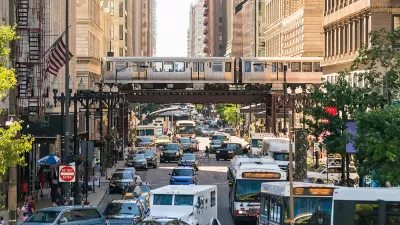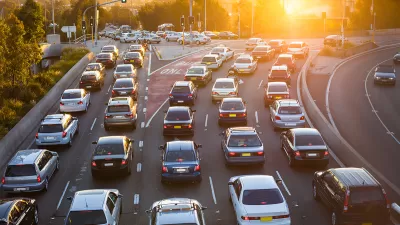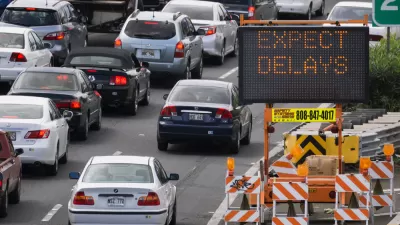In his work developing plans for six new cities in China, Peter Calthorpe has a unique perspective on what the country must do to build sustainable cities to house its growing urban population. He shares his insights with Fortune's Brian Dumaine.
Over the next 25 years, 300 million new residents are expected to fill China's cities. "To put that in perspective," says Dimaine, "Providing housing for that many people is roughly the equivalent of building from scratch all the cities and towns in the U.S. and doing it in only a quarter of a century." To help meet this immense challenge, Calthorpe's firm is assisting in planning several new cities in the country. Based on this experience, and his interactions with officials in the country, Calthorpe discusses how he believes China can find a third way of urban planning that veers from the American precedent of auto-oriented sprawl and the current Chinese model of "high-density sprawl."
Calthorpe sees China's urban history as a guide to its urban future. "As the Chinese create more and more superblocks of apartments and giant shopping centers, they're destroying a whole stratum of their traditional walkable society. The Chinese used to live on the streets in wonderfully social ways, being able to stroll or ride their bikes to cafés and small shops. This creates an affordable, vital urban lifestyle." And he isn't the only one who sees this transition as unsustainable. The nation's leaders, he says, "understand that their current urban forms aren't working." [See Iwan Baan's wonderful photo essay for a sense of the form of a traditional Chinese town]
So what could this third way look like? It will have a lot less cars than current patterns suggest, and a lot less superblocks. Says Calthorpe: "We're going to see a very different China 20 years from now. I think they're at a watershed moment where the old model of superblocks and cars is unsustainable. We'll see cities with auto-free streets, more mass transit, and more bikes. Overall they will be more livable. It's a daunting task, yet the impact will be monumental if we can move the needle even a little."
FULL STORY: Rethinking China's cities

Alabama: Trump Terminates Settlements for Black Communities Harmed By Raw Sewage
Trump deemed the landmark civil rights agreement “illegal DEI and environmental justice policy.”

Study: Maui’s Plan to Convert Vacation Rentals to Long-Term Housing Could Cause Nearly $1 Billion Economic Loss
The plan would reduce visitor accommodation by 25% resulting in 1,900 jobs lost.

Planetizen Federal Action Tracker
A weekly monitor of how Trump’s orders and actions are impacting planners and planning in America.

Wind Energy on the Rise Despite Federal Policy Reversal
The Trump administration is revoking federal support for renewable energy, but demand for new projects continues unabated.

Passengers Flock to Caltrain After Electrification
The new electric trains are running faster and more reliably, leading to strong ridership growth on the Bay Area rail system.

Texas Churches Rally Behind ‘Yes in God’s Back Yard’ Legislation
Religious leaders want the state to reduce zoning regulations to streamline leasing church-owned land to housing developers.
Urban Design for Planners 1: Software Tools
This six-course series explores essential urban design concepts using open source software and equips planners with the tools they need to participate fully in the urban design process.
Planning for Universal Design
Learn the tools for implementing Universal Design in planning regulations.
Caltrans
Smith Gee Studio
Institute for Housing and Urban Development Studies (IHS)
City of Grandview
Harvard GSD Executive Education
Toledo-Lucas County Plan Commissions
Salt Lake City
NYU Wagner Graduate School of Public Service





























